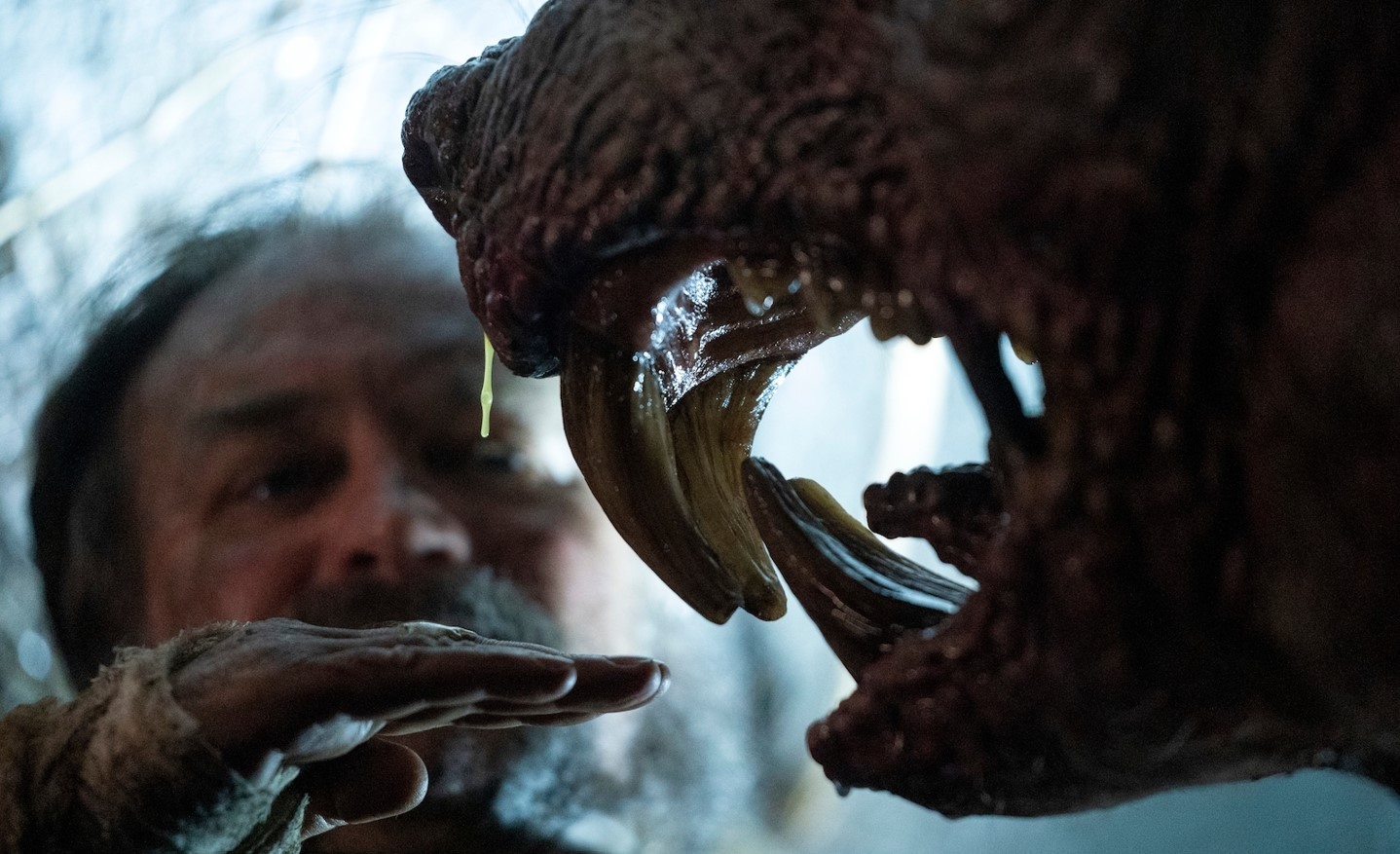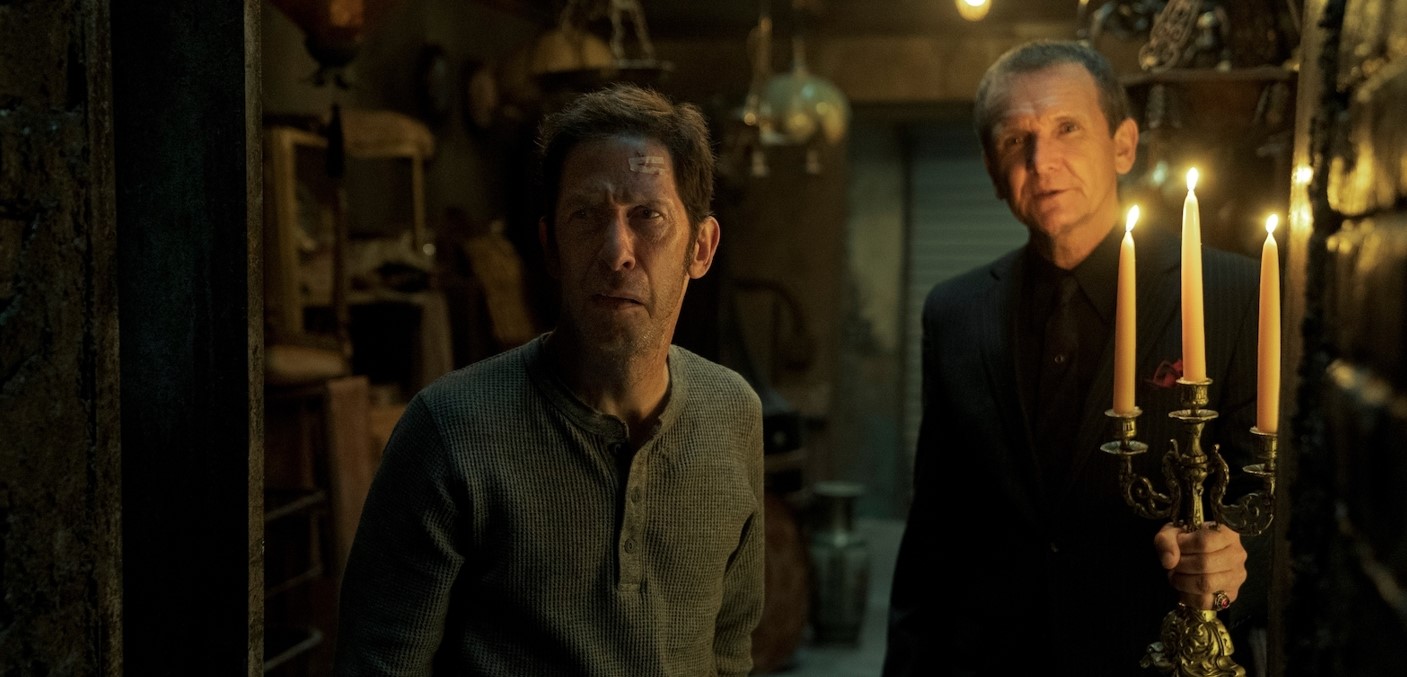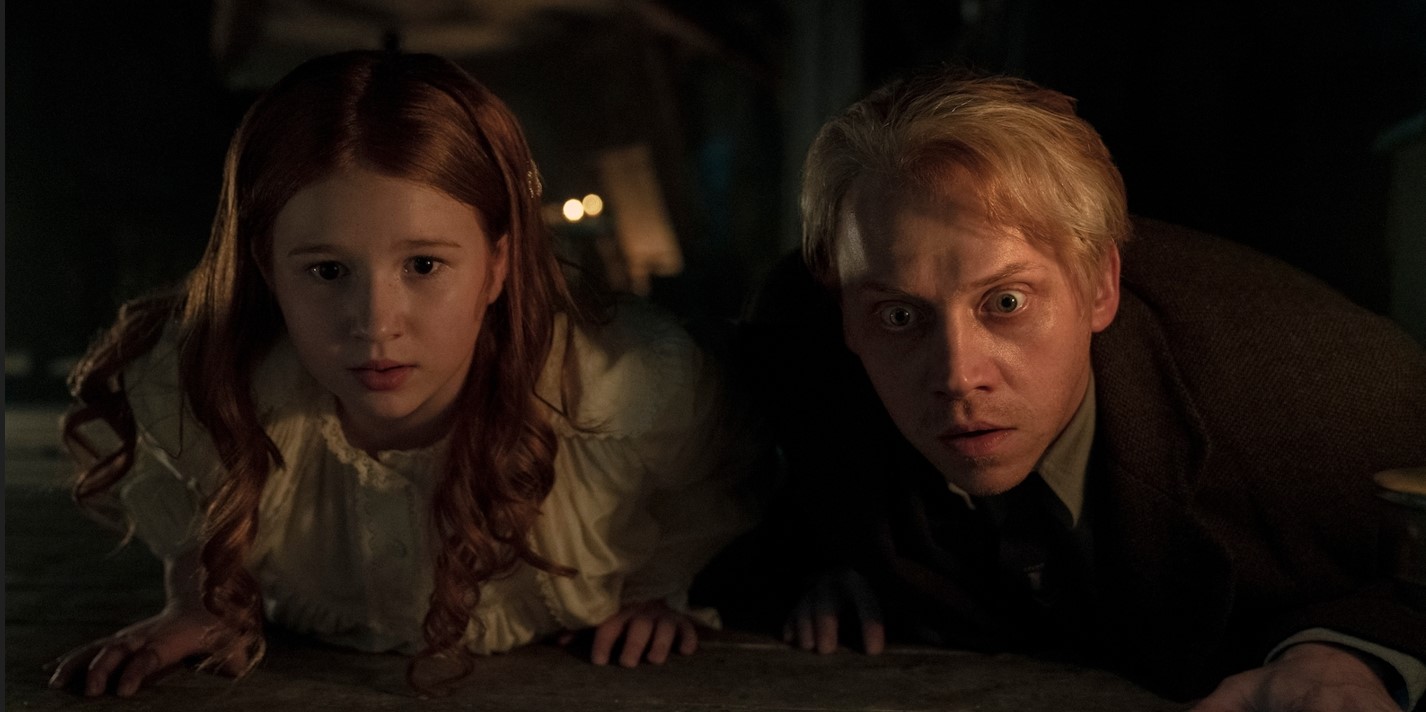Created by Academy-Award-winning filmmaker Guillermo del Toro, ‘Cabinets of Curiosities’ is a Netflix horror anthology series. In it. del Toro performs the same role as Rod Serling in ‘Cabinets of Curiosities.’ Because the series is an anthology show, nothing much connects one episode to the other. However, there are certain thematical similarities between the episodes. For instance, in both the first and second episodes, greed serves as a major driver for the plot.
In every episode, del Toro appears at the start, standing behind his Cabinet of Curiosities. If that has made you wonder whether Cabinets of Curiosities are real, we got you covered.
Unveiling the History of Cabinets of Curiosities
‘Cabinets of Curiosities’ is a horror series made in the same vein as ‘The Twilight Zone’ and ‘Tales from the Crypt,’ though there is an undeniable literary aspect to it that is true with anything made by del Toro. “Picture your mind as a cabinet… where you lock up your darkest thoughts and deepest fears. What would happen if you open that cabinet for the world to see? We are about to find out, the celebrated writer-director states in the show.
The cabinets of curiosities are very much real things. Also known as Wunderkammer, Cabinets of Wonder, and wonder-rooms, cabinets of curiosities were essentially a collection of objects. In the early days, the word “cabinet” referred to an entire room rather than a piece of furniture.

The collections were generally quite complex, representing multiple fields of studies, though they weren’t known as such at the time. A typical cabinet of curiosities carries objects representing history, archaeology, geology, faith, art, antiquities, and natural history. One thing to keep in mind here though these objects were supposed to be certain things didn’t mean that they were always that. For instance, the tusk of a male Narwhal was often part of these collections as a unicorn horn.
Essentially, they were precursors of private museums. The Cabinets of curiosities first started appearing in the 16th century, with the earliest pictorial record of a cabinet containing natural history items dating back to 1599 (the fold-out engravings in Ferrante Imperato’s Dell’Historia Naturale in Naples).
Cabinet of Curiosities: A Mix of Original and Adapted Stories
Originally titled ‘Guillermo del Toro Presents 10 After Midnight,’ the series comprises eight episodes. The first one, titled ‘Lot 36,’ is based on a short story by del Toro himself, as is the seventh episode, ‘The Murmuring.’ Two episodes are based on stories by H.P. Lovecraft: ‘Pickman’s Model’ and ‘Dreams in the Witch House.’

The second episode, ‘Graveyard Rats,’ is based on a short story by Henry Kuttner, while the third episode, ‘The Outside’ is an adaptation of the story by Emily Carroll. Michael Shea wrote the short story on which the fourth episode ‘The Autopsy,’ is based. The eighth and final episode, ‘The Viewing,’ appears to be an original story.
“With Cabinet of Curiosities, we set out to showcase the realities existing outside of our normal world: the anomalies and curiosities,” del Toro said in a statement. “We hand-picked and curated a group of stories and storytellers to deliver these tales, whether they come from outer space, supernatural lore, or simply within our minds. Just in time for Halloween, each of these eight tales is a fantastical peek inside the cabinet of delights existing underneath the reality we live in.”


You must be logged in to post a comment.